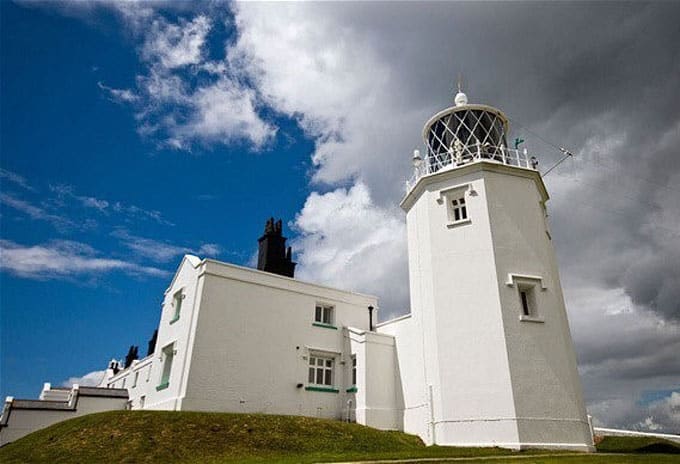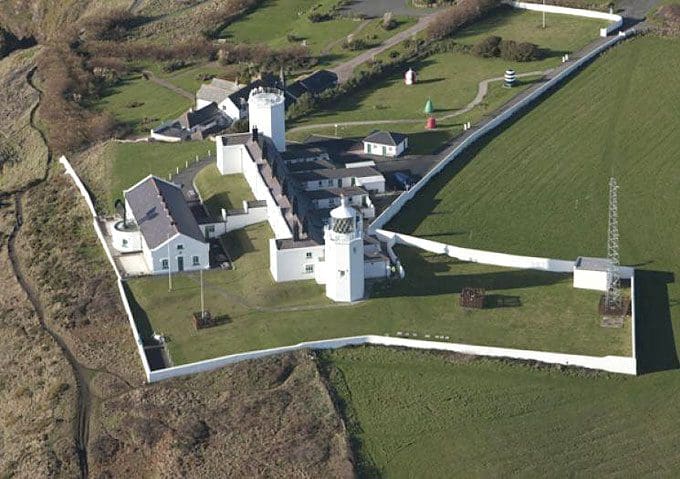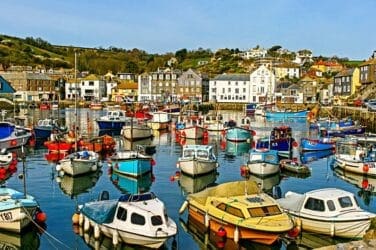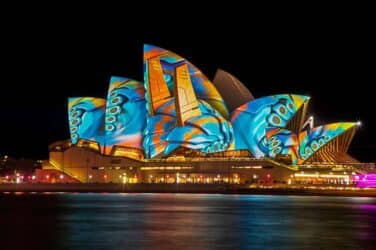An illuminating look at the history of Lizard Lighthouse – words Alexa Wang
Standing tall at the most southerly point in mainland Britain are the twin towers of Lizard Lighthouse, which remain one of the most iconic Cornish landmarks to this day.
Highly popular for visiting tourists and locals alike, the setting is superb for walks and to take in the stunning views of the surrounding coastline, whilst there’s also a Heritage Centre which opened in 2009, for those wishing to delve into the rich history of the location and the lighthouse itself.
Always a welcoming sight for mariners passing along the English Channel for many generations, there has been a lighthouse at Lizard Point since the original was completed 1619 by Sir John Killigrew, although shipowners refused to contribute towards its maintenance and he was eventually bankrupted. King James I then set a levy of one halfpenny per ton on all vessels passing Lizard Point, amidst uproar from shipowners who remained in opposition to such a fee. According to the archives of current operators of the site, Trinity House, this inevitably led to the first lighthouse being demolished within just a decade of its construction.
 Image Source: @trinityhouse_uk via Twitter
Image Source: @trinityhouse_uk via Twitter
Nevertheless, given that the waters around the Lizard Point coastline have always been hazardous to shipping, the demand persisted for another lighthouse to be built, which led to the current construction of two towers and cottages for the keepers being completed in 1751. Trinity House then took control of the lighthouse operation in 1771, embarking on various upgrades to the facility during the subsequent years.
The original coal flame lights were replaced by oil lights in 1811, before the construction of an engine room in 1874 allowed electric power to provide the main navigational light. In 1903, the addition of a First Order rotating optic in the eastern tower provided a high-powered carbon arc light, although this also made the western tower redundant, leading to its lantern being extinguished and removed. As technology progressed, electric filament light bulbs were used from 1936 and by 1998, there was no longer a need for keepers to operate the lighthouse manually, due to the site being fully automated.
 Image Source: @ILoveCornwallUK via Twitter
Image Source: @ILoveCornwallUK via Twitter
Currently providing the bright light at the Eastern Tower of Lizard Lighthouse is a one-million candlepower bulb with a lifespan of six-thousand hours, enhanced by an optic which floats in a bath of mercury. Obviously, this is much more powerful than even the brightest G9 bulb you might use or even need at home, if browsing through sites like lights.co.uk and looking for bulbs to suit every kind of application. However, modern lighthouses also use similar halogen and LED bulb technology we’re now more accustomed to using in our homes, as opposed to the tungsten filament bulbs used previously.
While the Lizard Lighthouse remains important for its ongoing maritime use, visitors to the location can learn more about its history and operation at the Heritage Centre, which continues to receive highly positive TripAdvisor reviews, thanks to tours of the engine room and knowledgeable guides who are passionate about their particular corner of Cornwall.
An illuminating look at the history of Lizard Lighthouse – words Alexa Wang










